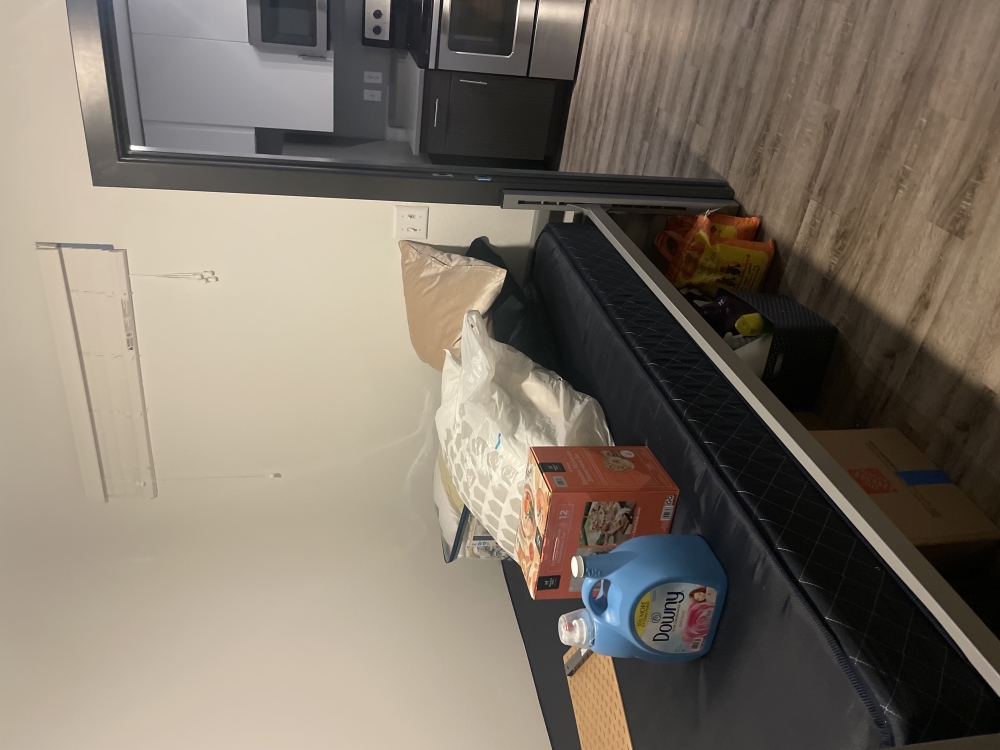The change could update the city's building code, which does not impose any design mandates related to windows or natural light. Some residential buildings in Austin, including several of note in West Campus, lease units without windows in their sleeping rooms.
What's happening?
Council on Sept. 14 could approve a resolution from Council Member Zo Qadri aimed at setting a natural light requirement for bedrooms in all Austin residences. His measure asks to find ways to “creatively provide natural light and minimize impacts to affordability.”
“Affordability is a major challenge in our city, and we should consider as many options that we have in our toolbox to get a handle on it. However, we also need to strike a balance between affordability and quality of life,” Qadri said during a Sept. 6 meeting of the council housing committee. "Natural light should be a necessity and not a luxury, and living without it impacts mental health and induces feelings of isolation.”
If the resolution is approved, a final ordinance will return to council next year before the code change is implemented.
The context
The city's building code already requires natural light in ”all habitable spaces” in line with the International Property Maintenance Code, which Austin's rules are based on.
However, a separate code provision allows artificial light as a substitute for that requirement, a workaround Qadri called a “loophole” he's seeking to close.
Juan Miró, principal at Miró Rivera Architects and a professor at The University of Texas School of Architecture, has long been pushing back on Austin's allowance for windowless housing and said permitting sleeping quarters without access to natural light is against the spirit of Austin's existing code.
Likening the situation to living in a cell, Miró said the practice is antiquated and inhumane, especially when stacked against the decades-old bans in denser cities, such as New York and Madrid.
“We are basically doing something that is wrong and is illegal in most places just because there’s a loophole that has to be closed. Everybody knows that is not the intention of the code, to allow this, and still we’re allowing this,” he told Community Impact. “The city has failed to prevent it, the university is not doing enough, and the profession is very slow in responding—and is participating, because those buildings are being designed by architects.”
Why it matters
In 2022, Miró and dozens of UT academics petitioned the previous City Council to act on what they labeled an “urgent” issue to no response. Miró said he remains concerned about the impact of such building designs—particularly for students.
“I think it’s horrendous as a parent. As a professor, I really am shocked that this is happening; one of the best universities in the country is allowing this to happen. Of course it’s private developers, but still that’s where students from this university are living,” he said.
As a UT professor, he's collected numerous criticisms from students living without natural light in their rooms, and he's tracked a growing number of residential projects in the rapidly developed West Campus that now offer dozens of windowless spaces to rent.
For example, two projects cited in Qadri's resolution—Ion Austin and Legacy on Rio—feature well over 300 windowless rooms combined. The Ion prices its rooms with natural light at a $25 monthly premium for a “bedroom window upgrade.”

“My concern is this becomes the norm for low income, for seniors, for refugees, for people that have less options,” he said. “The people that are building this, believe me, they are the first ones that probably live in very, very nice apartments with very nice windows.”
Miró and Qadri also referenced extensive research into issues related to sensory and sleep deprivation, and the increased productivity and happiness that stems from access to windows and natural light.
Among those surveyed through a recent UT thesis study, outcomes ranging from overall physical health and sleep to depression and personal relationships were ranked notably lower by those living in a windowless space.
In testimonials provided by Miró, students in those bedroom units reported negative mental and physical health effects from depression to fatigue.
“Waking up every morning in total darkness never fails to create anxiety, which is a terrible start to each day. Naturally waking up to daylight is healthiest for the body, however this is entirely impossible in a bedroom with no windows,” a UT architecture student wrote in a testimonial. “Speaking from personal experience, this makes one feel uneasy, less confident, and more hesitant overall. One feels nearly shut off from the outside world.”
Miró also said he's heard of many students secretly swapping living quarters on a regular basis to avoid being stuck in a windowless unit for full semesters or leasing terms.
Qadri said he hopes to prevent such experiences from spreading beyond complexes where windowless units already exist.
“School is tough. Being in an environment that makes it a little bit tougher is not something that we should ever strive to be as a city,” he said.
While supportive of the change coming before City Council, Miró also warned against delaying the implementation of the code update for as much as a year as is proposed. And it may be too late to truly correct the problem, he said, given the number of dense new developments that have already sprung up across West Campus.
“It’s going to be basically there is no more to be built because West Campus will be full,” he said. “It may be a victory that is feeling like, ‘Yes, it would be good for other cities as a warning sign.’ ... But the damage is already done, so that’s why I’m saying that we have failed already.”





